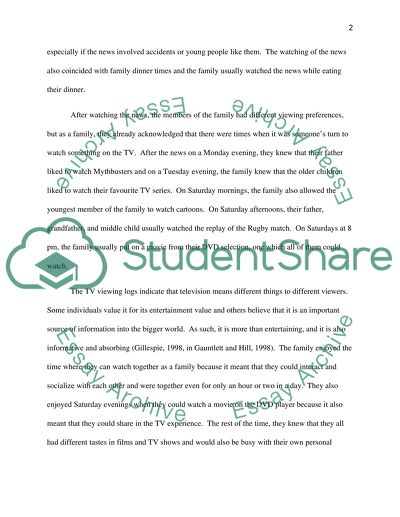Cite this document
(“Audience Ethnography. Commentary and observations on TV viewing Assignment”, n.d.)
Audience Ethnography. Commentary and observations on TV viewing Assignment. Retrieved from https://studentshare.org/journalism-communication/1489629-audience-ethnography-commentary-and-observations-on-tv-viewing-behaviour
Audience Ethnography. Commentary and observations on TV viewing Assignment. Retrieved from https://studentshare.org/journalism-communication/1489629-audience-ethnography-commentary-and-observations-on-tv-viewing-behaviour
(Audience Ethnography. Commentary and Observations on TV Viewing Assignment)
Audience Ethnography. Commentary and Observations on TV Viewing Assignment. https://studentshare.org/journalism-communication/1489629-audience-ethnography-commentary-and-observations-on-tv-viewing-behaviour.
Audience Ethnography. Commentary and Observations on TV Viewing Assignment. https://studentshare.org/journalism-communication/1489629-audience-ethnography-commentary-and-observations-on-tv-viewing-behaviour.
“Audience Ethnography. Commentary and Observations on TV Viewing Assignment”, n.d. https://studentshare.org/journalism-communication/1489629-audience-ethnography-commentary-and-observations-on-tv-viewing-behaviour.


